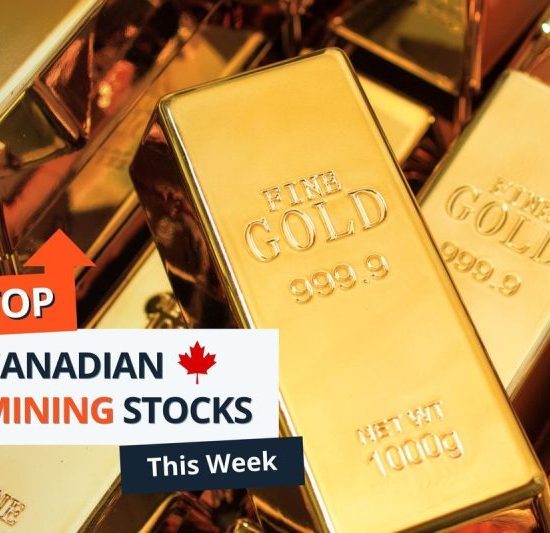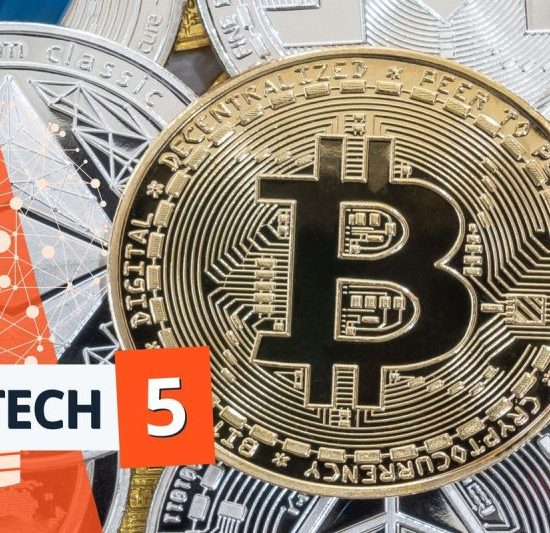Historical Perspective of Copper Prices
Going back a century, the fluctuation and evolution of copper prices have always been a subject of interest for investors and economic analysts. In the early 1900s, copper was seen as a highly valuable commodity, primarily utilized in the realms of construction and electricity. It was initially priced at approximately 13 cents per pound. Notably, the price increased by almost 200% during World War I, showcasing the momentous role it played in times of conflict.
Decades rolled on, and so did the significance of copper. The tumultuous landscape of the global economy led to variability in copper prices throughout the 20th century. There were times of slow growth, where prices remained stagnant, usually during periods of economic downturn. But these were generally followed by rapid spikes, often tied to wars or emerging technological advancements that increased demand for the material. For instance, the dawn of the electronic age in the late 20th century led to a drastic rise in copper demand, with prices escalating to highs of $1.60 per pound in the 1970s.
The turn of the millennium witnessed an exceptional surge in copper prices, with a price hike of over 500% recorded between 2000 and 2010. The main driver of this drastic increase was the unprecedented economic expansion of China that led to significant infrastructural development. As one of the primary materials in construction and electricity, copper experienced a spike in demand that was reflected in its skyrocketing prices.
Since then, copper prices continued to play a dynamic role in global commodities markets until we reached our present year, 2024. Currently, the price of copper hovers around $4.60 per pound. This rise is attributed to various factors such as increased global demand, particularly following the global rebuilding process after the COVID-19 pandemic.
The Impact of Volatility
Copper’s volatility has not been confined to the historical events that shaped the last century but extends into speculative and anticipatory factors as well. Disturbances in mining activities due to labor strikes, adverse weather conditions, and geopolitical tensions often result in uncertainty regarding supply, causing spikes in copper prices. Also, the forecasts related to copper demand, especially in the tech industry, have a profound impact on its price.
From Electric Vehicles to Renewables
Copper prices are also shaped by technological innovation and shifts in global energy usage. Electric vehicles (EVs) are a case in point. As global vehicle manufacturers pivot toward the production of EVs, the demand for copper, an integral component, has soared. Similarly, the surge in renewable energy technologies, especially wind and solar, has engendered a heightened demand for copper, further propelling its price in the global market.
In a nutshell, the journey of copper prices has been a roller coaster ride, influenced by multiple factors, from macro-scale wars and economic booms to micro-scale technological advancements and market speculations. As we move forward, predicting the exact trajectory of copper prices can be a challenging endeavour. Yet, given the increasing reliance on copper in flourishing sectors like renewable energy and EVs, we might expect copper to consolidate its invaluable role in global markets. In the ever-evolving economic landscape, copper continues to stand as a testament to material value, impacted by social upheavals and technological progress alike.




